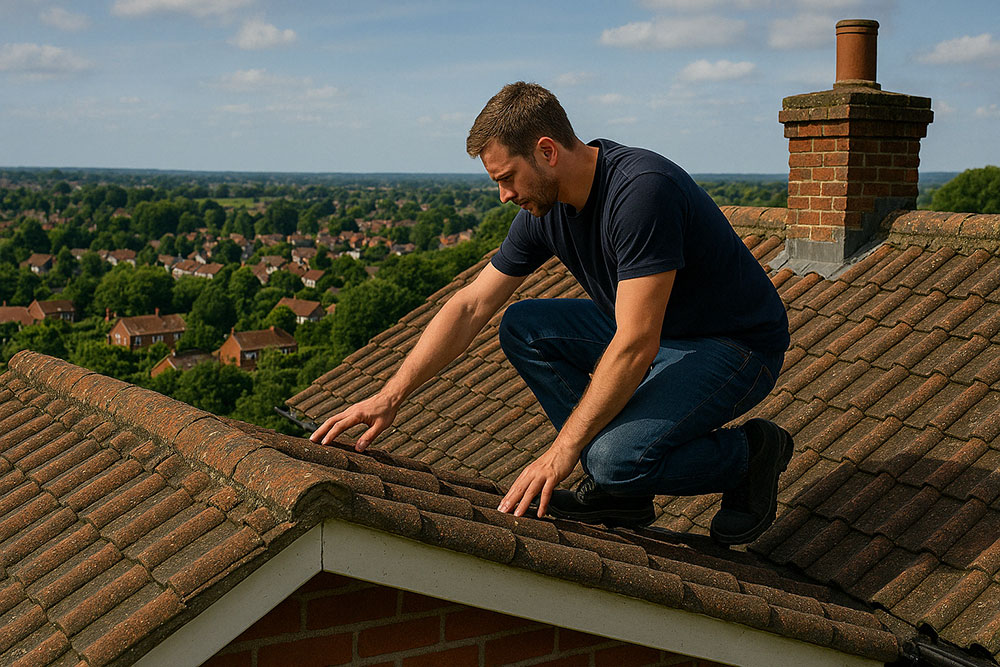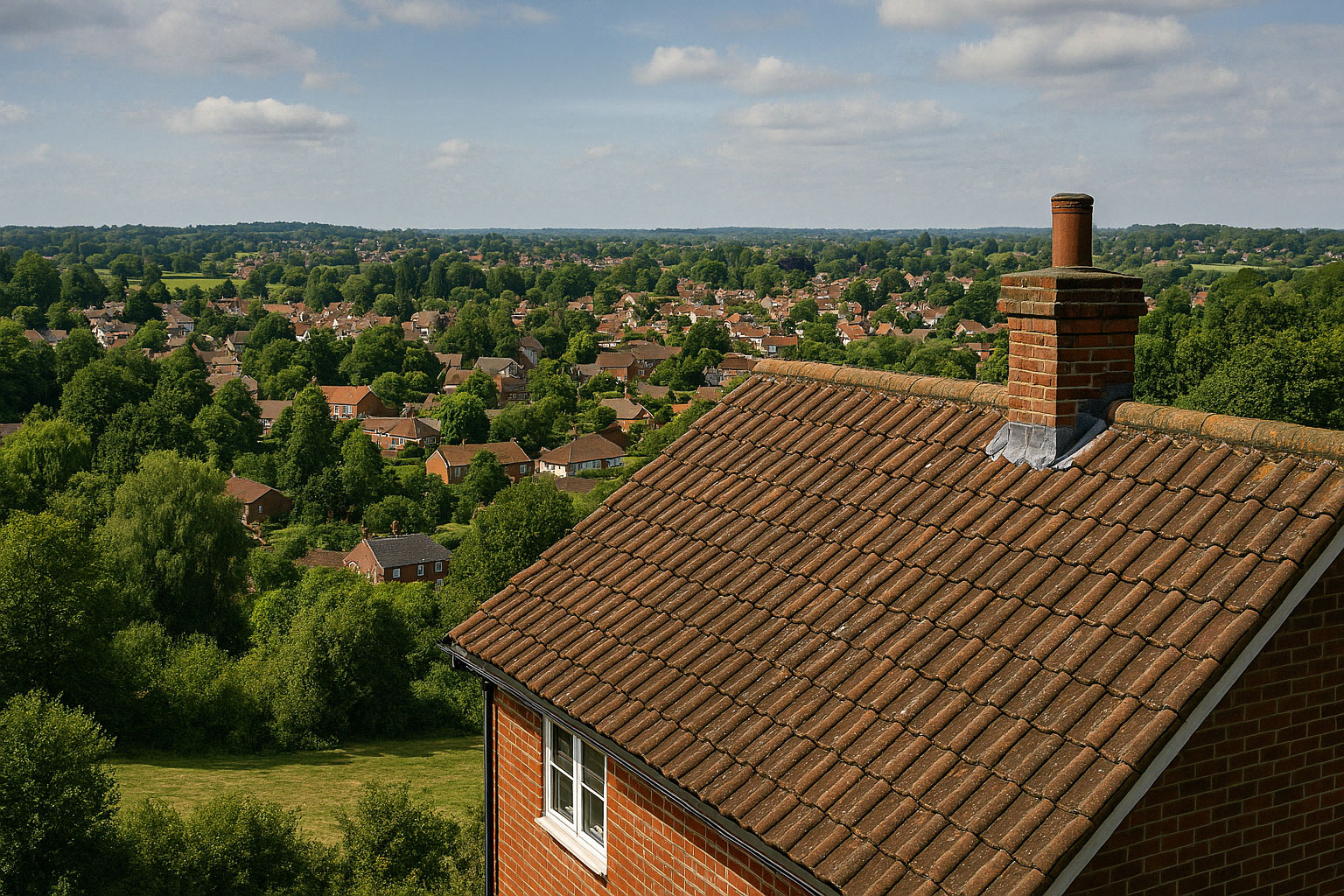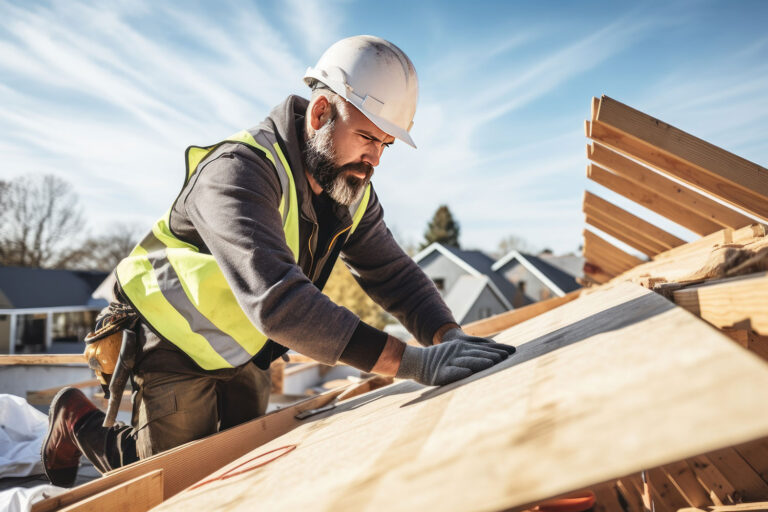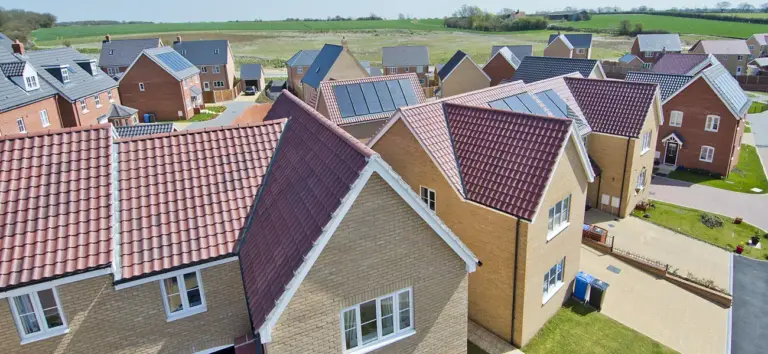Costessey, just west of Norwich, is a town full of history, charm, and character. Its houses reflect a mix of the old and the new. From Victorian cottages to modern builds, the roofs over these homes say a lot about the area—and how well they’re looked after can make or break your comfort (and wallet).
So, what types of roofs are common in Costessey? How should you care for them to avoid costly repairs?
Let’s look up—literally.
What Makes Costessey Unique?
Costessey has grown from a quiet village into a thriving town. It’s still kept its countryside feel, with places like Queen’s Hills and Old Costessey offering very different types of homes.
Old Costessey: Known for older brick cottages and period homes. You’ll often see pitched roofs with clay tiles or slate.
New Costessey and Queen’s Hills: These areas are packed with newer housing developments. Expect more uniform roofing styles—usually concrete tiles or lightweight trusses.
The type of roof you have often depends on when your house was built. That matters when it comes to maintenance.
Why Roof Type Matters
Your roof isn’t just a hat for your house. It affects:
Energy bills – A well-maintained roof keeps heat in during winter and out during summer.
Property value – Buyers are quick to notice signs of neglect.
Insurance costs – Some insurers raise premiums if roofs are in poor shape.
So, what’s on top of Costessey’s homes?
Types of Roofs Found in Costessey
1. Pitched Roofs with Clay Tiles
Common in older homes, especially in Old Costessey.
Advantages:
Durable (can last 60–100 years).
Classic aesthetic.
Good drainage due to steep angle.
Watch out for:
Moss and algae, especially on shaded sides.
Broken or slipped tiles after storms.
Maintenance tip:
Check tiles annually, especially after heavy winds. Moss can be gently removed with a stiff brush. Avoid pressure washing—it can damage the tile surface.
2. Slate Roofs
Usually found on period properties or more upmarket homes.
Advantages:
Long lifespan (up to 150 years).
Fire-resistant.
Natural look fits rural surroundings.
Challenges:
More expensive to repair.
Fragile—walking on them can crack the slate.
Did you know?
A cracked slate may not cause immediate leaks, but over time, water ingress can rot roof timbers.
Maintenance tip:
Use binoculars to spot any slipped slates. Hire professionals for even minor roof repairs, slate roofing requires specific skills.
3. Concrete Tile Roofs
Popular in newer builds, especially Queen’s Hills and modern estates.
Advantages:
Cost-effective.
Uniform appearance.
Easy to replace tiles.
Drawbacks:
Heavier than slate or clay.
Colour fades with age.
Maintenance tip:
Inspect every 1–2 years for cracks or chips. Make sure ridge tiles are secure—these are more likely to be dislodged by high winds.
4. Flat Roofs
Less common but found on extensions, garages, and some post-war builds.
Types:
Felt (older and cheaper, but less durable).
EPDM rubber (modern and long-lasting).
GRP fibreglass (sleek finish, often used on new extensions).
Watch out for:
Pooling water.
Cracked or bubbling surfaces.
Poor drainage near the edges.
Maintenance tip:
Clear debris regularly. Even a few leaves can block outlets and cause standing water. Re-seal every 10–15 years depending on material.

How Often Should You Inspect Your Roof?
Waiting for a leak to appear is like waiting for your car to break down before checking the oil. Regular checks can prevent major headaches.
Here’s a simple schedule:
Twice a year: Do a visual check from ground level or use binoculars. Look for missing tiles, sagging lines, or visible damp.
After major storms: Check for dislodged tiles or debris.
Every 3–5 years: Hire a roofer for a professional inspection.
Pro tip:
Keep photos of your roof. It’s easier to spot changes over time.
Common Signs Your Roof Needs Attention
Don’t ignore these red flags:
Water stains on ceilings or walls.
Peeling paint near roof edges—often a sign of poor ventilation.
Moss overgrowth—looks quaint but traps moisture.
Loose or missing tiles.
Sagging areas—can indicate rotting timbers.
Question to ask yourself:
Would you notice these issues early, or only after damage spreads?
Should You Replace or Repair?
Roof repair costs in Costessey vary:
Minor repairs: £100–£300 for a few tiles or flashing.
Flat roof resealing: £500–£1,000 depending on size and material.
Pitched roof (tiles): £5,000–£12,000.
Flat roof (EPDM/GRP): £1,500–£3,000.
Ask a roofer for a quote if you’re unsure. Small repairs done early can save thousands.
Local Insight: Trusted Roofing Help in Costessey
Costessey has several reliable roofing companies, but always check:
Reviews on Trustpilot or Google.
If they’re registered with the NFRC (National Federation of Roofing Contractors).
Clear, written quotes before any work begins.
Don’t be afraid to ask questions like:
“Can you show me the problem area?”
“What’s your guarantee on the repair?”
“Do you carry public liability insurance?”
A good roofer in Costessey won’t dodge these.
Roof Maintenance Checklist
Here’s a quick summary of roof care to print and keep:
✅ Check roof twice a year and after storms.
✅ Remove moss and debris safely.
✅ Clear gutters and downpipes.
✅ Inspect flashing and ridge tiles.
✅ Look for signs of damp or leaks inside.
✅ Hire professionals for high or fragile roofs.
What’s Over Your Head… and What’s It Worth?
Your roof protects everything beneath it. Keeping it in shape isn’t just good for comfort—it’s smart economics.
Whether you live in a Victorian cottage in Old Costessey or a modern semi on Queen’s Hills, a little attention can go a long way. You don’t need to be a roofer to spot early warning signs.







